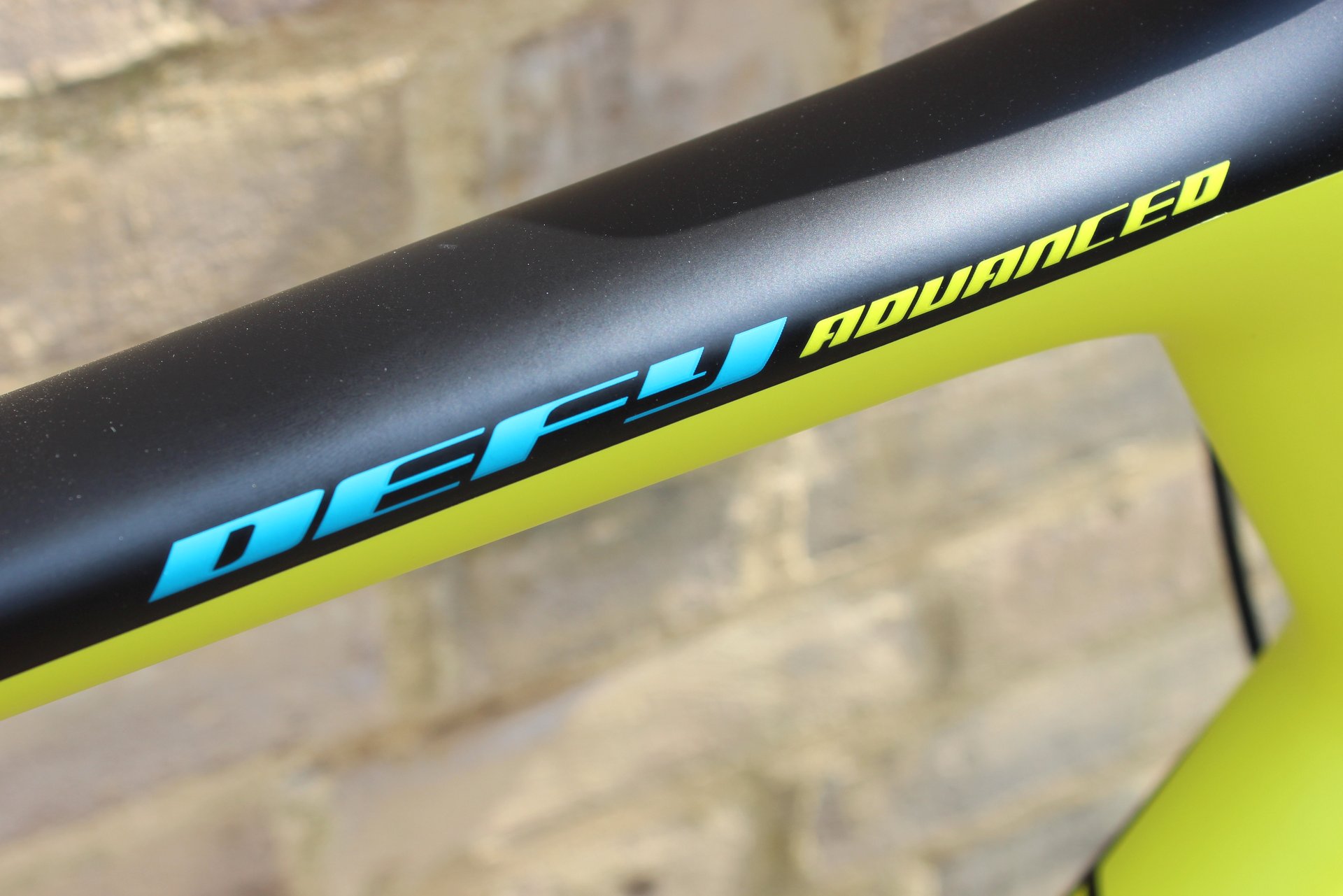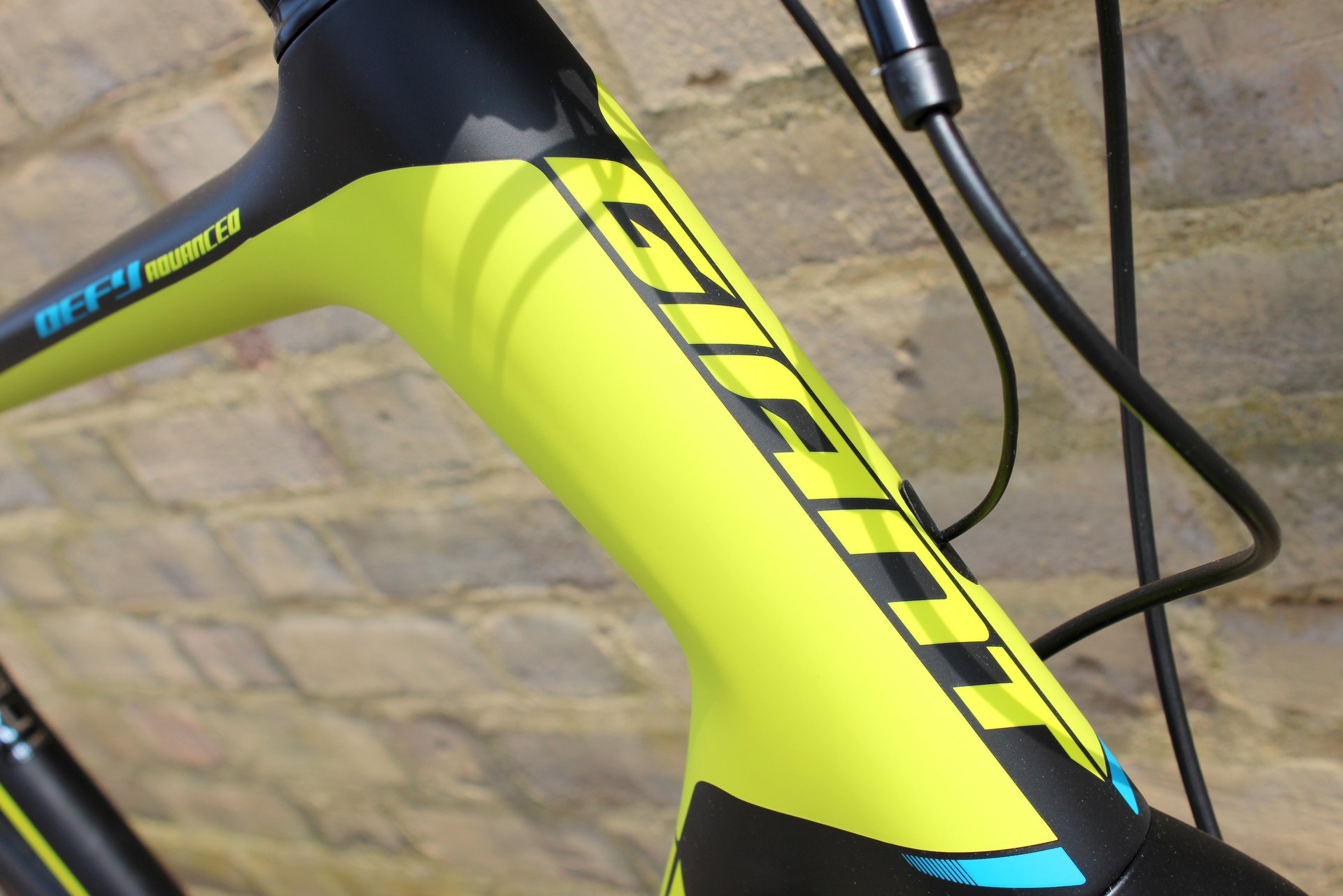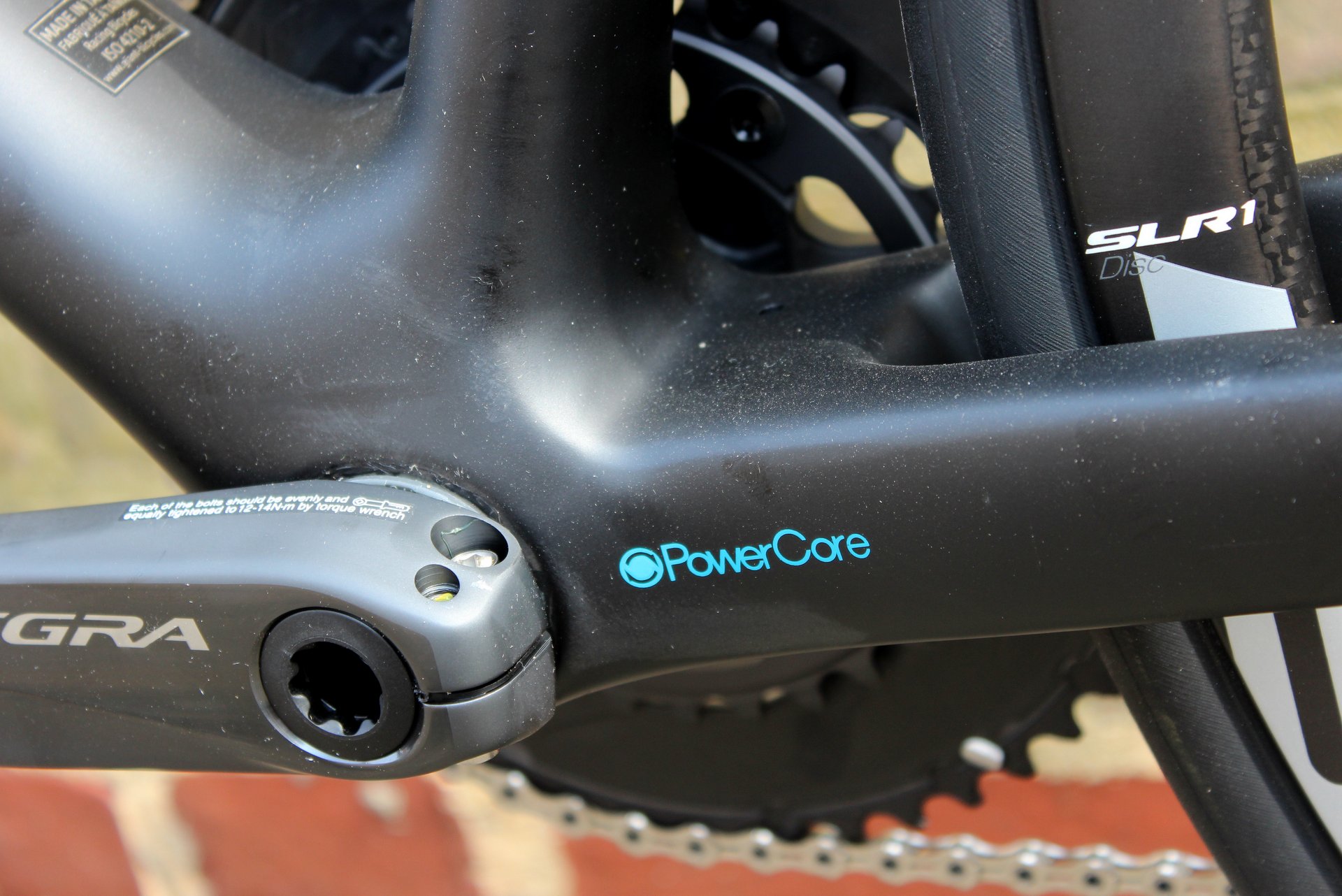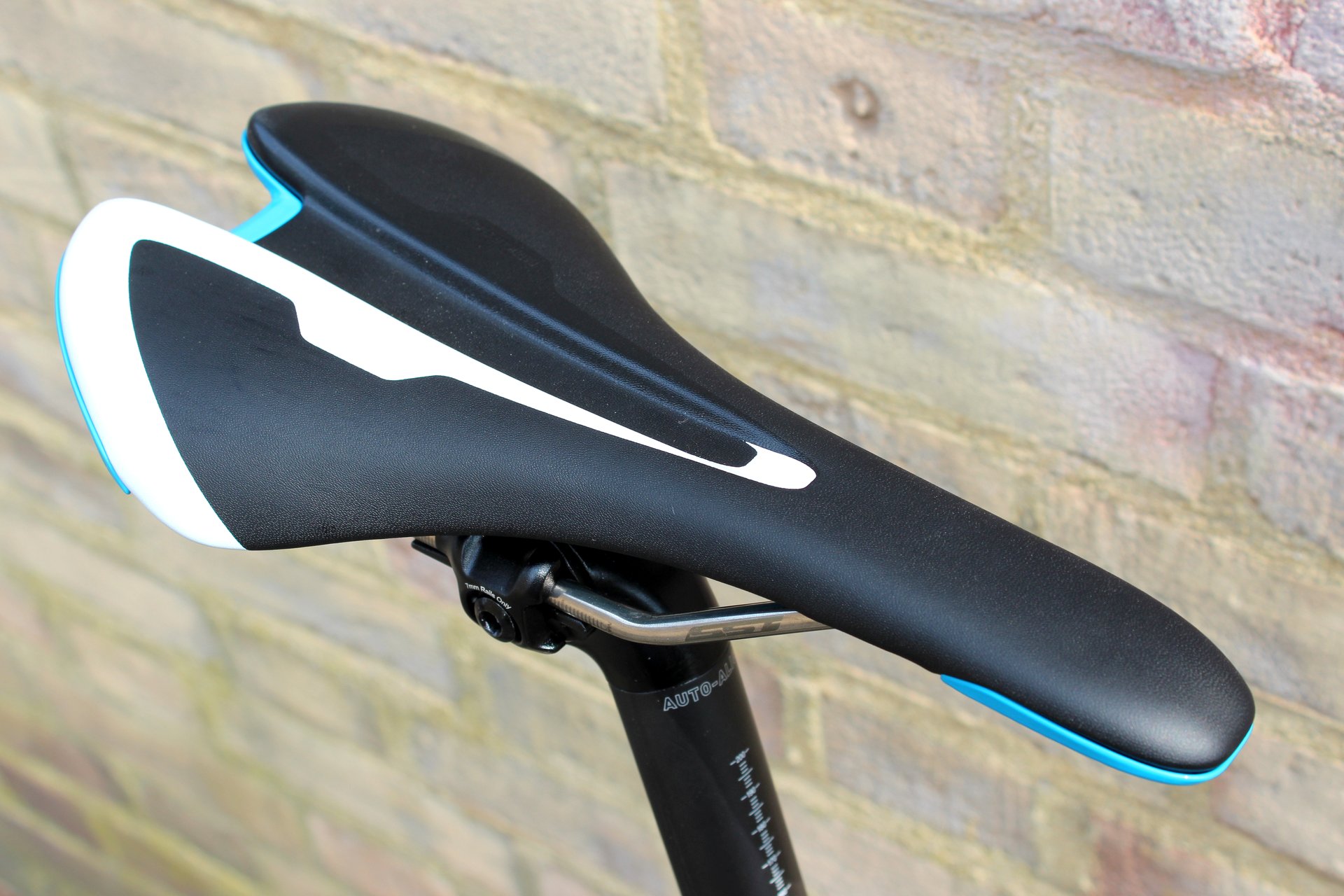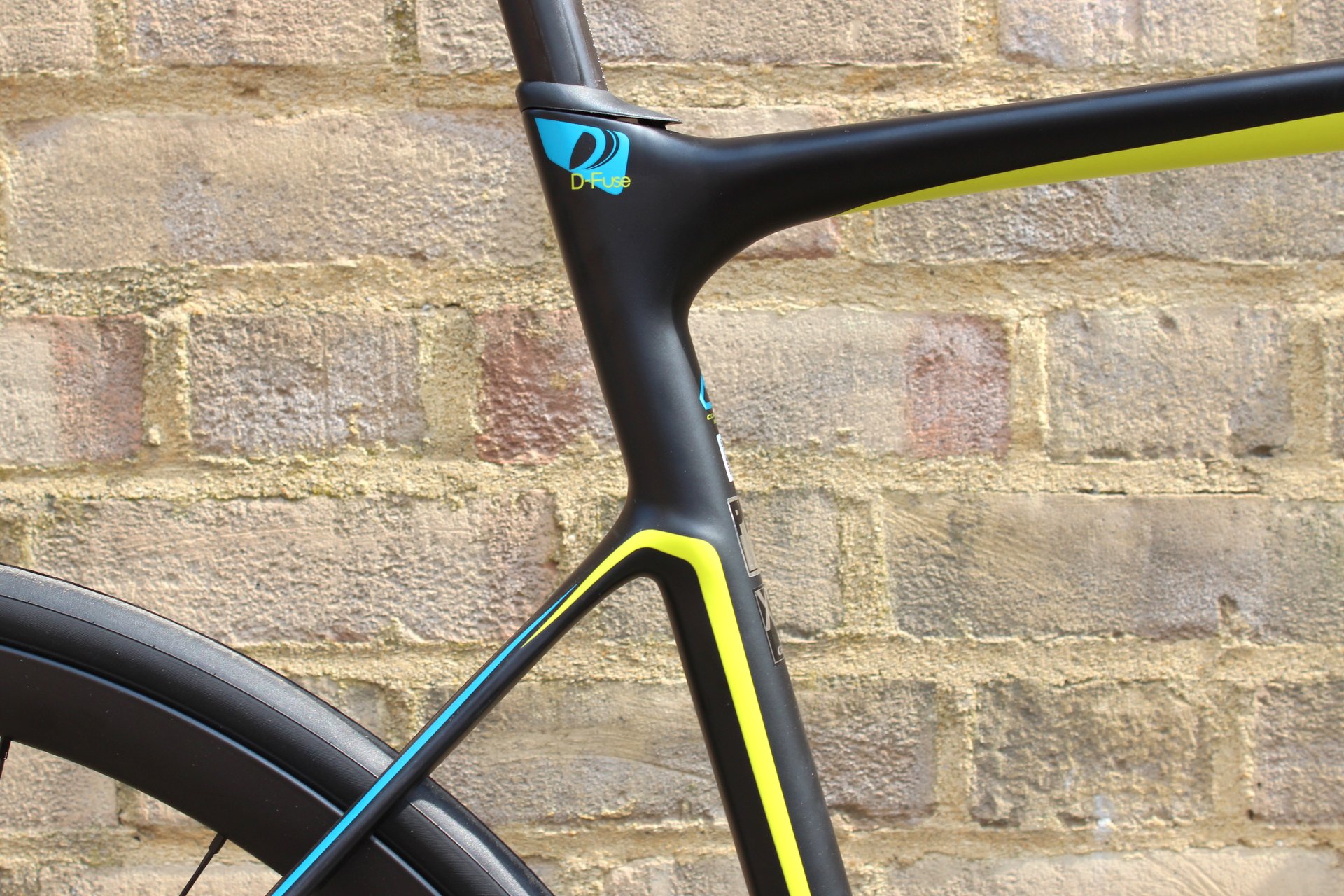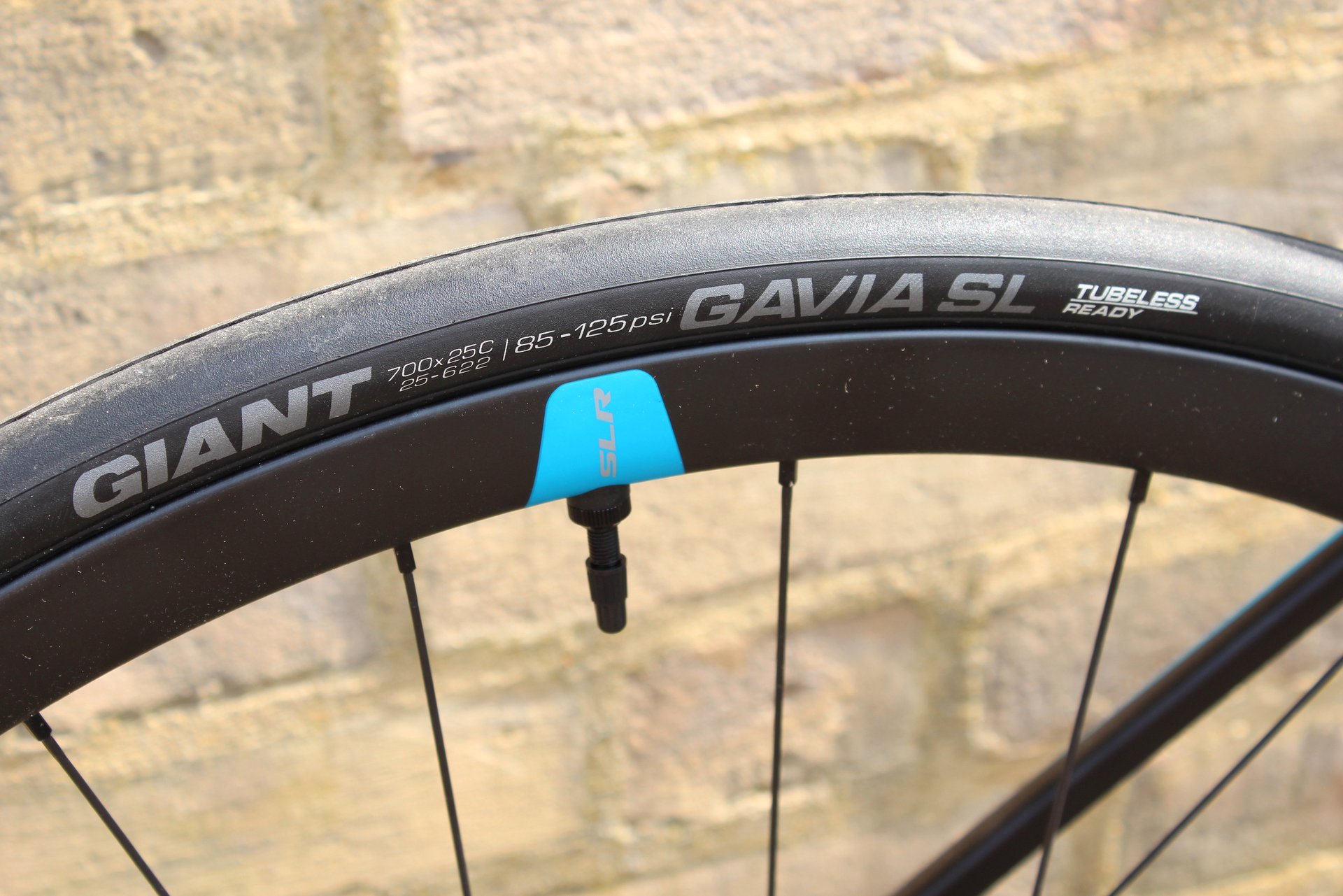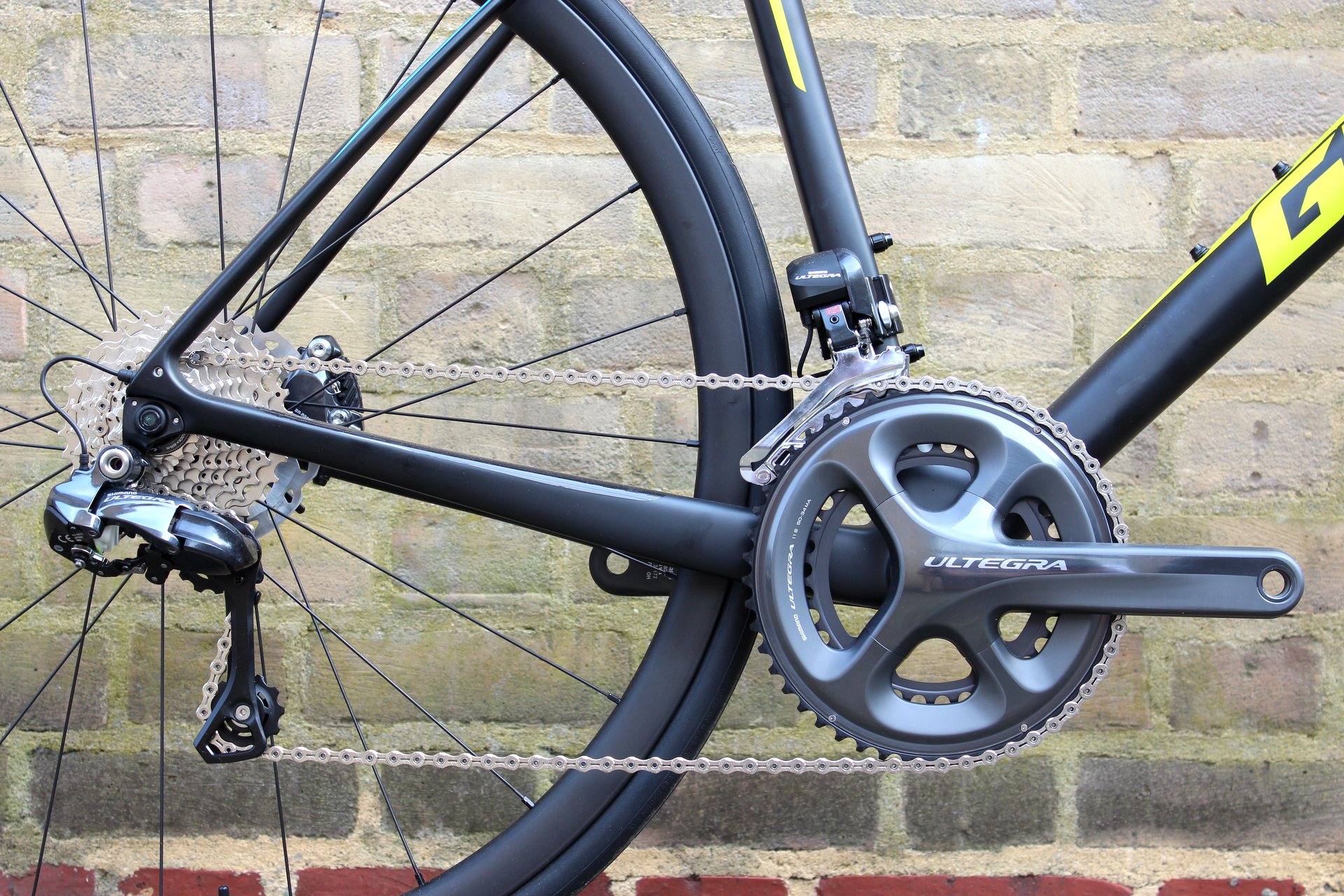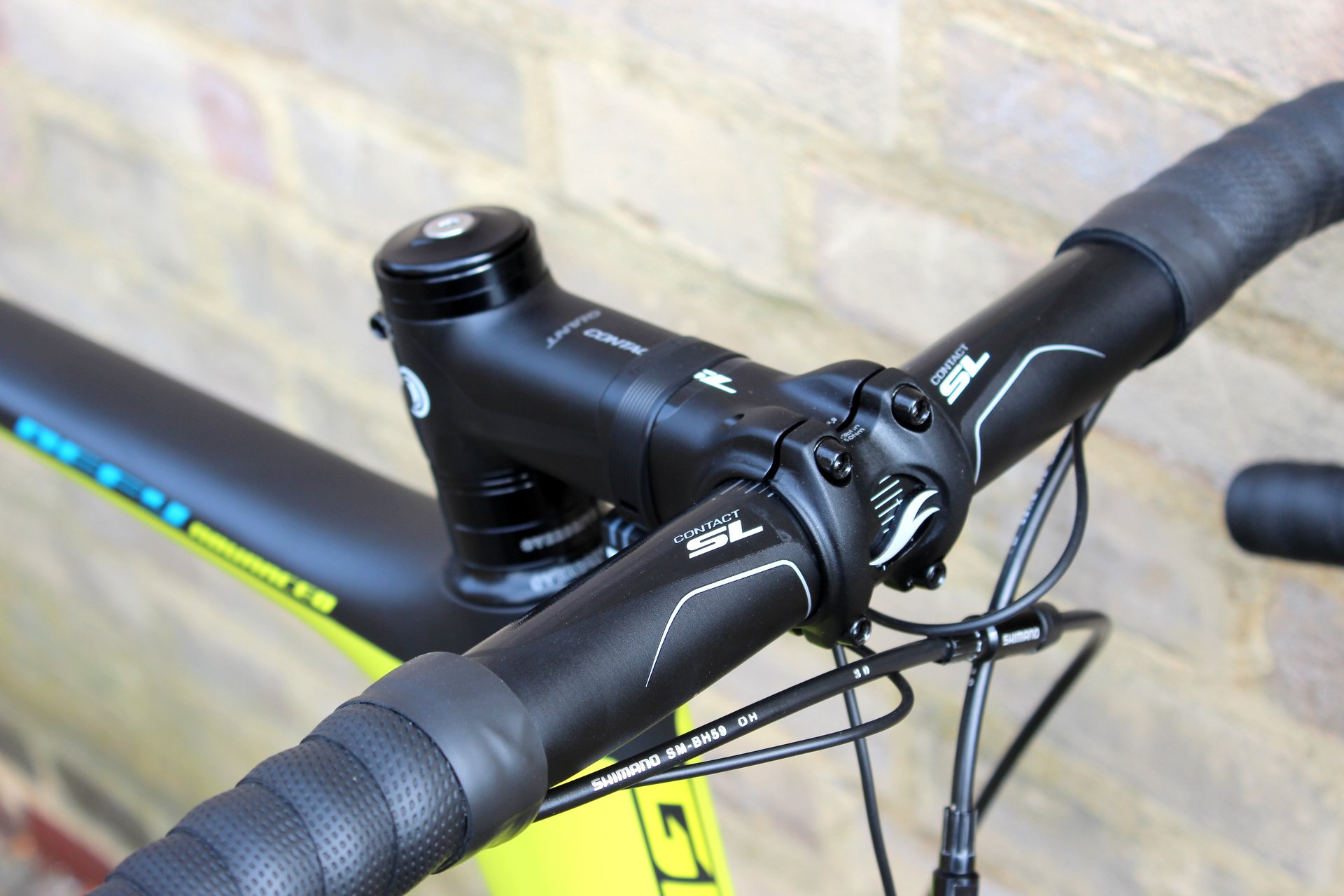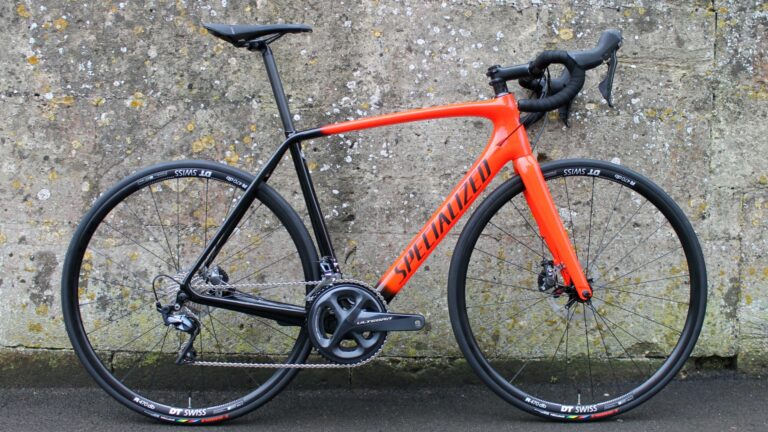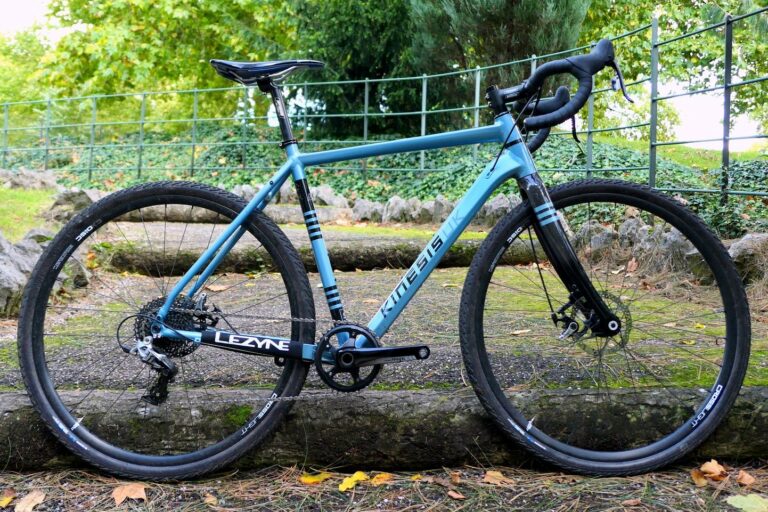The Giant Defy demonstrates just how quickly we adapt. Set aside the high-end nature of the Advanced Pro 0’s build for a second and there’s nothing about this bike that isn’t run of the mill. We take everything about it for granted today, which is astounding because just 20 years ago bikes like this didn’t exist.
First, think about the frame. Compact geometry hadn’t been seen on the road until Giant, with the help of British engineer Mike Burrows, introduced the design in 1997. Nowadays the principles that underpin the compact design, with its distinctive sloping top tube, have essentially become the DNA of the modern road bike.
Next consider the material. Carbon fibre may not have been new in 1997 but it was far from being the ubiquitous frame-manufacturing material it is today. Back then it was exotic enough to elicit gasps of amazement; now it’s pretty much what everyone expects.


